We live in an era of huge technological faults. Emerging wireless communication applications tend to be wider bandwidth, higher frequencies, denser modulation schemes, multiple channels, and more data to manage. To measure wideband signals, engineers often need to use oscilloscopes and digitizers that use ADC technology for waveform acquisition. In some cases, these instruments are used interchangeably for waveform analysis. However, despite many similarities, oscilloscopes and digitizers are somewhat different, and they are optimized for different target applications. For example, oscilloscopes are often equipped with a large front panel display and keyboard for quickly rendering waveforms that change over time. Some instrument manufacturers may use the oscilloscope as a digitizer or promote the digitizer as an oscilloscope, which can be confusing. This article details the key features of a digitizer or oscilloscope for your reference when choosing the next broadband measurement solution.
Consider these key features when designing a broadband test solution:
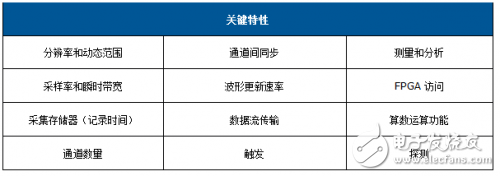
Table 1. Key characteristics to consider for broadband measurements.
Let's explain a few key items in detail:
· Resolution and dynamic range. Both digitizers and oscilloscopes use an ADC to acquire waveform data. The ADC samples the input voltage and derives a binary representation of the voltage level. The effective number of bits (ENOB) is a good measure of dynamic range. ENOB is a valid bit resolution that takes into account noise and distortion. It accurately reflects the broadband noise that occurs in frequency or time domain measurements.
ENOB = (SINAD – 1.76) / 6.02
§ SINAD (Signal-Noise and Distortion Ratio) measures the signal quality. The ADC resolution affects it, but there are other factors that affect it.
E.g:
The -8-bit acquisition divides the 10 Vpp input range into 28 copies = 256 levels, each stage is 39 mV
-10-bit acquisition increases the number of steps by a factor of 4 and 16 bits by a factor of 256 (10Vpp input range is divided into 152 uV per stage)
Oscilloscopes typically use an 8-bit ADC for acquisition over very large bandwidths. ENOB can be improved by adding different filtering techniques to the oscilloscope. For example, the Keysight InfiniiVision oscilloscope (with an 8-bit ADC with a sampling rate of 2.5 GS/s) has a high-resolution mode that achieves better resolution with reduced bandwidth and boosts ENOB to 12 bits. The oscilloscope resolution is suitable for presenting time domain measurements over a very wide bandwidth.
Digitizers typically use 12- or 14-bit ADCs and achieve higher resolution over reduced bandwidth. Digitizers typically have a higher ENOB or provide higher resolution over a narrower bandwidth. For applications that require spectral analysis or have dynamic signals (including both large and small voltage components), such as modulated waveforms, higher ENOBs help achieve higher resolution and lower noise floor ( Or better spurious-free dynamic range, SFDR). Compared to an 8-bit oscilloscope that provides 45 dB SFDR, a digitizer with higher resolution and good SFDR captures finer detail during data analysis. For example, a 10-bit digitizer can provide 57 dB of SFDR. The 12-digit digitizer can reach 65 dB.
· Input bandwidth and sample rate. Choosing a digitizer or oscilloscope with sufficient bandwidth is critical to accurately capturing the highest frequency component of the signal. The Nyquist sampling theorem shows that for a sampling system, the Nyquist frequency Fn is equal to 1/2 of the sampling frequency fs. The signal energy above the Nyquist frequency will be mixed with the ADC sampling rate and the product will fold back to the top of the signal of interest on the baseband, resulting in the inability to perform accurate acquisition (also known as aliasing). Input bandwidth limiting filters are typically used to ensure that no signal energy is above the effective Nyquist frequency.

Figure 1. Input bandwidth and sampling frequency.
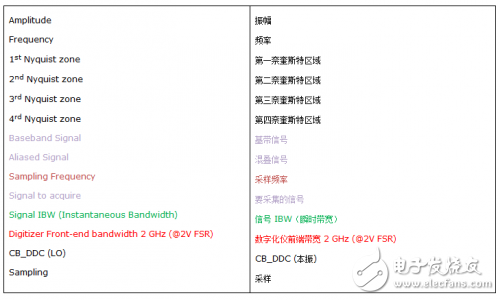
In an oscilloscope, the maximum rated sample rate, fs, should be 2.5 to 3 times higher than the real-time bandwidth. This enables the waveform reconstruction filter to accurately reproduce the waveform of the high speed signal with good resolution.
In a digitizer, you can consider choosing a bandwidth that is more than half the sample rate (fn). Sometimes frequencies greater than Fs/2 can be captured by undersampling and special input filtering. For example, Keysight's M9203A and M9703B digitizers support 2 GHz bandwidth and the ADC sample clock rate is 1.6 GS/s, allowing down-conversion directly using undersampling.
In higher resolution digitizers, the overall noise that rises as bandwidth increases should be considered. Additional signal conditioning added to the circuit may affect SFDR. That's why digitizers typically maintain AC or DC coupling with a limited full scale range (SFR) feature to ensure the lowest distortion and maximum dynamic range (and best SFDR).
The oscilloscope offers a variety of FSR and AC/DC coupling options. The 45 dB SFDR is sufficient to present both large and small signals. The larger the bandwidth, the smaller the impact because no more noise is seen at 8-bit resolution.
• Acquisition memory and data stream transmission. Make sure you have enough acquisition memory to capture the most complex signals in the appropriate observation window. This needs to be determined based on the application and the amount of data that needs to be collected. In digitizers, the acquisition memory is usually in MSa or GSA, and in the oscilloscope in Mpts. They determine the size of the memory on each ADC board.
Time interval = acquisition memory / sample rateSome recording applications require long periods of data acquisition and it is not possible to store data in on-board memory. In such cases, offline data streaming can be used to collect data and send it to an external storage device for post processing. Many modular digitizers are ideal for streaming data because they are directly connected to the high speed PCIe bus.
Techniques such as advanced triggering, segmentation, and DDC reduce the on-board memory required for acquisition.
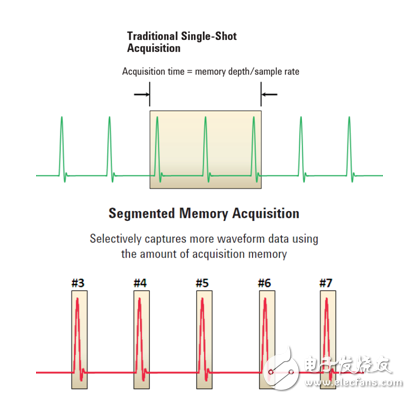
Figure 2. Traditional and segmented memory acquisition.

Oscilloscopes and digitizers typically support segmented memory technology. With segmented memory, you can use trigger or strobe to selectively capture waveform data, reducing the amount of acquisition memory required.
Digitizers employ data compression techniques such as zero suppression to retain only relevant signals that exceed a given threshold. They also use data packaging and rounding to optimize the available memory space. Real-time data compression techniques such as digital down conversion (DDC) are also used. The DDC performs frequency conversion and extraction of data directly on the ADC data. The block diagram in Figure 3 shows the basic principles. Capturing complex IQ data allows the center frequency to be downconverted to 0 Hz. Filtering and data decimation are then used to remove unwanted frequency components, reducing the size of the required data. DDC is very valuable when analyzing a small piece of spectrum in wideband acquisition. DDC not only reduces the amount of storage required, but also reduces broadband integrated noise and improves overall signal-to-noise ratio (SNR).
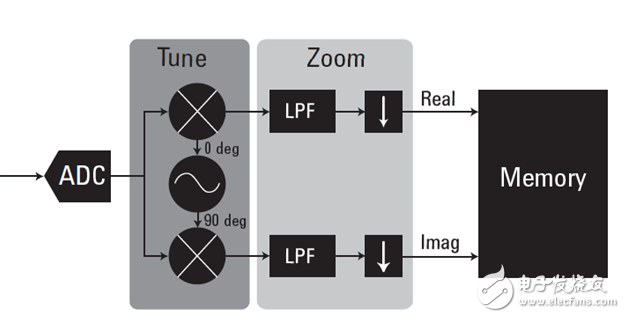
Figure 3. Block diagram of the DDC operation.

· Waveform update rate. The oscilloscope has a high on-board waveform update rate to view unexpected events and glitches. Once a random event is found, you can adjust the oscilloscope's enhanced trigger to capture the event of interest.
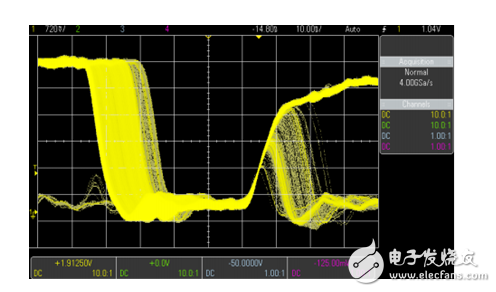
Figure 4. The oscilloscope has an update rate of more than 1,000,000 waveforms per second, allowing users to see unexpected events and glitches.
The dead time between acquisitions may need to be kept to a minimum, depending on the application. The high-speed digitizer uses technical means to minimize the dead time, such as simultaneous acquisition and readout (or SAR mode).
trigger. Triggering supports simultaneous signal acquisition, including simple functions (how to start acquisition) and more complex triggers (such as pattern triggering, burst triggering, or even a specific serial protocol trigger). Oscilloscopes typically support many different types of triggers, including edge, pulse width, pattern, rise/fall time, Nth edge burst, Runt, setup/hold, and more. Some oscilloscopes (such as InfiniiVision) also support specific serial protocol triggers for serial buses such as CAN, FlexRay, I2C, LIN, MIL-STD1553, URAT, and more.
Digitizers typically support ATE-type triggers, such as edge and/or channel level triggers, which specify when to start recording. Many digitizers support pre- and post-trigger data acquisition. In ATE or larger embedded systems, it is important to consider triggering the re-arm time and ensure that all triggers occur simultaneously on all channels/instruments. If you use the included Trigger Time Interpolator (TTI), the digitizer triggers the positioning to a few ps. For example, the M9703B achieves an accuracy of 15 ps. Additional specific trigger detection designs are available for real-time inspection through an open FPGA architecture.
Measurement and analysis. The oscilloscope is optimized for ease of use and measurement speed. Various measurement and analysis tools are built into their hardware. In the case of a desktop oscilloscope, the user can access these measurements and tools from the front panel of the benchtop instrument. If it is a modular instrument, the user can access it from the front panel of the software. This makes the oscilloscope ideal for a variety of common tests performed during design or troubleshooting. Because measurements are performed in hardware, results can be quickly obtained, reducing measurement time in the test bench or ATE environment. The following are some of the arithmetic, FFT, and serial protocol analysis tools available in the InfiniiVision Series oscilloscopes.
Table 2. Onboard measurement and analysis tools from Keysight's PXIe M924xA oscilloscopes.
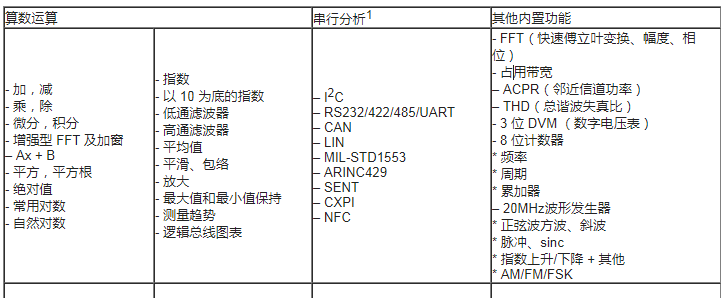
On the other hand, digitizers rely on application software on a computer to perform a large amount of analysis. Some digitizers allow access to an onboard FPGA (field programmable gate array), so custom code, filters, corrections, or data compression schemes can be added to the instrument. Examples of this include adding arithmetic operations to the output, or attaching a lookup table to change the output. In some cases, you may need to add a custom IP to your instrument to perform special functions. Adding custom features to the instrument FPGA increases instrument functionality, reduces cost, reduces development time, and increases measurement speed. It can also be used for calculations, so you only need to process the data output, reducing the amount of data to manage.

Figure 5. Writing custom code to the instrument's FPGA can reduce measurement time, speed up testing, or reduce data requirements.

Both oscilloscopes and digitizers can use other specific application software and analysis tools to process the acquired signals. Common analytical tools include MathWorks or Germany's 89600 VSA complex modulation analysis software.
Detect and input voltage. Probing is critical to obtaining the desired signal. In addition, probing may become more complicated if considering capacitive loads that increase at higher frequencies, higher voltages, or higher currents. Active probes should be used when making measurements at higher frequencies. Oscilloscopes typically offer a variety of probing options, including passive probes, active voltage and current probes, high voltage probes, differential probes, and optical probes. The probe is designed to match the input impedance of the oscilloscope. The oscilloscope can support higher voltage and current inputs by selecting the correct probe.
Digitizers typically do not include a matching probe solution and in many cases only support a fixed 50 Ω input impedance, with the goal of minimizing the effects of additional circuitry in the signal path. In addition, digitizers are often embedded in larger systems where the signal connections are fixed connections.
to sum upBoth oscilloscopes and digitizers use ADCs for wideband measurements, but they are optimized for different usage modes and applications.
The oscilloscope is optimized for visibility over very wide bandwidth tests. They have a very high waveform update rate that can be used to view and identify unknown events or glitches. Advanced triggering supports zeroing specific events for further analysis or triggering high-speed serial bus testing. Various types of oscilloscope probes can be used to view signals at different points in the design, and signal conditioning to accommodate high voltages, high currents, or high frequencies. Typical oscilloscope applications include:
Perform debugging and troubleshooting of the design. The oscilloscope can view signal details—it has a very high waveform update rate, can display waveform details such as glitches and anomalies, and can detect target areas in the design.
Capturing uncommon communication errors is critical for serial protocol decoding, and oscilloscopes with hardware triggering and serial protocol decoding can do this.
Characterize and validate digital I/O performance and a variety of COTS technologies including CAN, DDR, DisplayPort, PCIe, NFC, and other technologies.
Broadband digitizers are used in applications where signal fidelity is critical. They typically have high resolution and high dynamic range, as well as deep memory for capturing signals to send signals to a computer for post processing using a fast multi-channel PCIe bus. Data streaming is occasionally used when collecting large amounts of data. Both ATE systems and high-density multi-channel signal analysis applications benefit from digitizers with high-resolution analog-to-digital conversion (ADC) technology. Typical digitizer applications include:
Single channel or multichannel digitizers are used to monitor electrical signals to determine the physical characteristics of the event and are commonly used in stimulus response experiments. The digitizer records signal characteristics at different points in time to analyze the situation before and after the event.
Multi-channel antennas can be calibrated by performing multiple cross-channel amplitude and phase measurements and then compared to ensure minimum phase difference between channels/components. Multichannel digitizers are used to quickly acquire cross-channel amplitude and phase measurements for comparison.
A multi-channel high-speed digitizer is used to acquire MIMO sounding signals.
After the signal is sampled, it is processed by the onboard FPGA or the I and Q data is sent to an external storage device for post processing to create valid channel impulse response (CIR) data in 5G millimeter wave MIMO channel detection applications .
5V Switching Wall Charger Power Adapter for Home Electronics
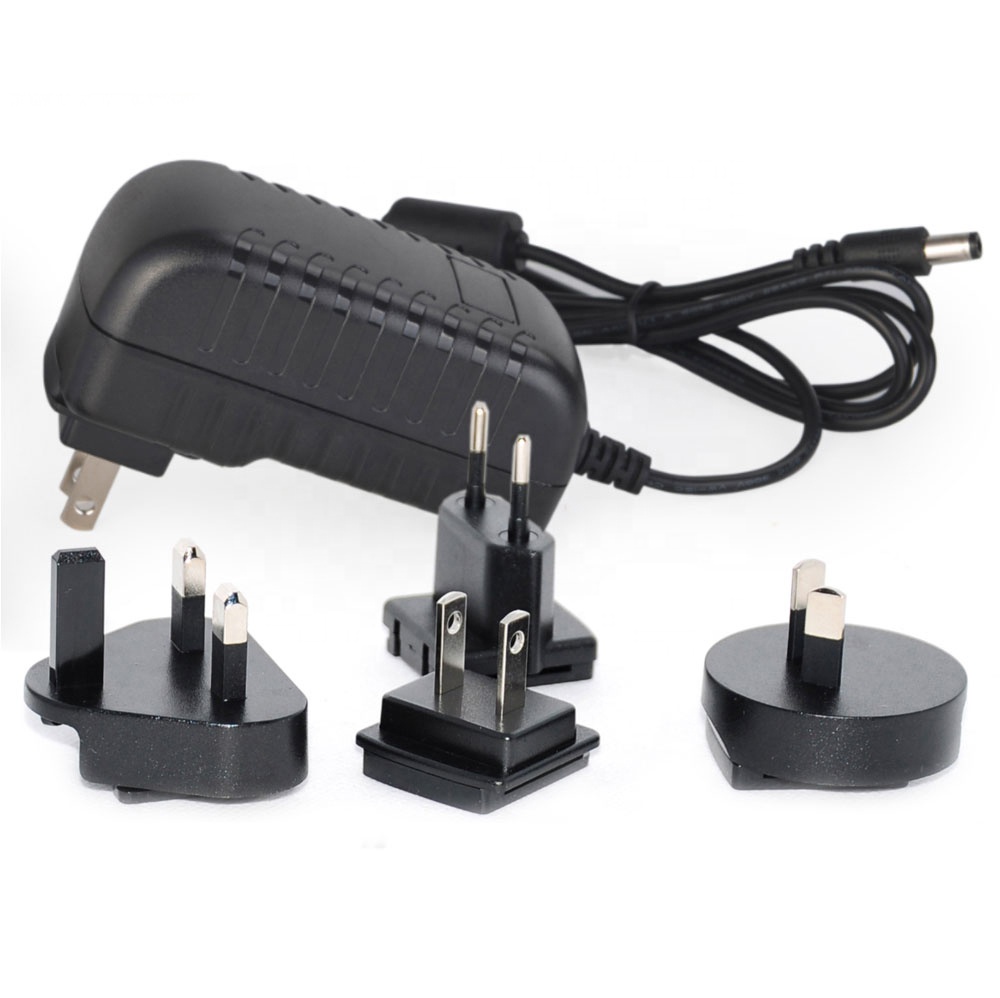
Micro USB:
Original back-and-white display Kindle 1st Gen, Kindle Fire Kindle HD Fire HD 6 8 10 HDX 7 8.9 9.7, Samsung Galaxy S7/Edge, S6/Edge, S5, S4, S3, S2, Si9003, S5820, N7100, Note3, Note4
5.5mm x 2.1mm:
For Bluetooth speakers/ Electronic Toys/ Mini Fan/ Portable Air Conditioner/ LED Pixel Light/ Monitor/ Camera/ Webcam Router/ Cable Modem/ USB-HUB/ photo player/ SCM development/ access control attendance ect.
4.0mm x 1.7mm:
For mp3 mp4 speaker CCTV camera power supply connection/ digital picture frame/ shower Christmas lights/ Sabrent USB HUB/ digital recorder ect.
3.5mm x 1.35mm:
* For Facial Cleansing Brush: Foreo Luna 3/ Luna 3 Plus/ Luna/ Luna2/ Luna Mini/ Luna Mini 2/ Luna Go/ Luna Luxe, ISSA Series E-Toothbrush ISSA / ISSA Hybrid / ISSA mini / ISSA Mikro / ISSA play, ESPADA Acne Treatment Device, IRIS Eye Massager
* For Fairywill Sonic Electric Toothbrush FWP11 FW507 FWD1 FWD3 FWD8 FW917 FW2001 FWE11 FWE11 FW917 FWT9 ect.
* For LELO Ida, Lyla, Lyla 2, Oden, Oden 2, Ora, Ora 2, Tara, Alia, Isla, Soraya, Inez, Yva, Mia, Mia 2, Nea, Nea 2, Lily, Lily 2, Liv, Liv 2, Gigi, Gigi 2.
* For LELO Mona, Mona 2, Mona Wave, Ina, Ina 2, Ina Wave, Siri, Siri 2, Iris, Elise, Elise 2, Billy, Tor, Tor 2, Bo, Hugo, Bruno, Hula Beads, Loki, Loki Wave.
5v wall charger,5v 2a wall charger,5v 3a wall charger,5v power charger,switching 5v charger,5v 1a Wall Wart Transformer Charger,5v 2a Wall Wart Transformer Charger,5v 3a Wall Wart Transformer Charger,5V 2A/2000mah AC Power Adapter Adaptor Wall Charge
Shenzhen Waweis Technology Co., Ltd. , https://www.waweispowerasdapter.com
